Home>Gardening & Outdoor>Landscaping Ideas>What To Use To Kill Grass And Weeds
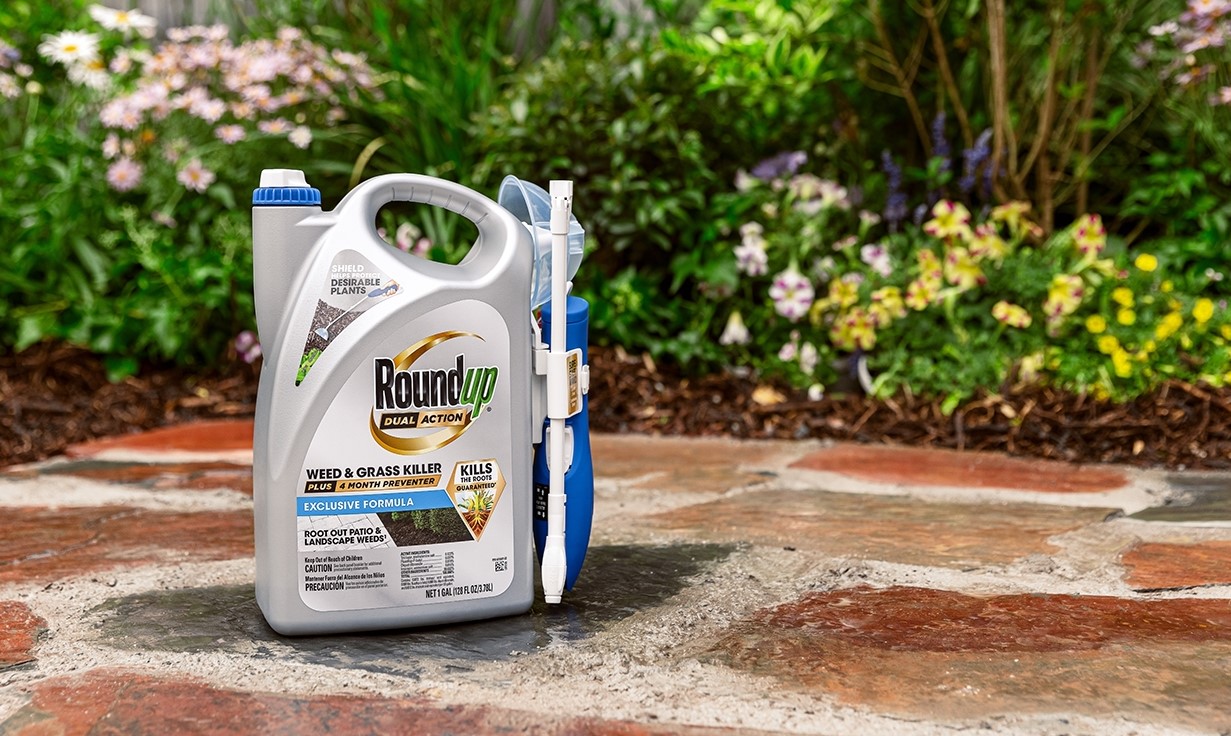

Landscaping Ideas
What To Use To Kill Grass And Weeds
Modified: April 1, 2024
Looking for effective landscaping ideas? Discover the best products to kill grass and weeds and achieve a pristine outdoor space. Transform your yard with these powerful solutions.
(Many of the links in this article redirect to a specific reviewed product. Your purchase of these products through affiliate links helps to generate commission for Storables.com, at no extra cost. Learn more)
Introduction
Welcome to the world of landscaping, where lush green lawns and vibrant garden beds are the pride of every homeowner. However, alongside the beauty of these landscapes comes the constant battle against unwanted grass and weeds. Whether you’re striving to maintain a manicured lawn or cultivate a flourishing garden, the presence of invasive vegetation can thwart your efforts and diminish the overall appeal of your outdoor space.
Fortunately, there are numerous methods available to combat the relentless advance of grass and weeds, ranging from natural remedies to chemical solutions. By understanding the advantages and considerations of each approach, you can effectively reclaim your landscape from these persistent intruders and restore its natural splendor.
Key Takeaways:
- Natural methods like manual removal, mulching, and vinegar solutions offer eco-friendly and cost-effective ways to control weeds and unwanted grass, promoting a healthy landscape without synthetic chemicals.
- Chemical methods, such as selective herbicides and pre-emergent treatments, provide targeted and efficient weed control, but require caution and responsible application to minimize environmental impact.
Natural Methods for Killing Grass and Weeds
For environmentally-conscious individuals or those seeking a gentler approach to weed and grass control, natural methods offer effective alternatives to chemical treatments. These methods not only target unwanted vegetation but also promote the overall health and balance of your landscape.
Here are some natural methods to consider:
- Manual Removal: One of the simplest and most cost-effective methods is manual removal. This involves physically uprooting weeds and unwanted grass by hand or using handheld tools such as weed pullers or hoes. While labor-intensive, this method allows for precise removal and is ideal for smaller areas or isolated weed patches.
- Mulching: Applying a layer of organic mulch, such as wood chips, straw, or shredded leaves, can effectively smother weeds and grass by depriving them of sunlight and inhibiting their growth. Additionally, mulch helps retain soil moisture and improves overall soil health.
- Vinegar Solution: A natural weed killer can be created by combining household vinegar with a small amount of dish soap. This solution, when applied directly to weeds, disrupts their cell membranes and leads to desiccation. However, caution should be exercised to avoid contact with desirable plants, as vinegar can be non-selective in its herbicidal action.
- Boiling Water: Boiling water is a simple and eco-friendly way to eliminate weeds in areas such as driveways, walkways, or between pavers. Pouring boiling water directly onto the foliage of weeds causes cellular damage and effectively eradicates them without leaving behind harmful residues.
- Corn Gluten Meal: This natural byproduct of corn processing acts as a pre-emergent herbicide, inhibiting the germination of weed seeds. When applied in early spring, it can help prevent the establishment of annual weeds, making it a valuable tool for weed control in lawns and garden beds.
By incorporating these natural methods into your weed and grass control strategy, you can maintain a thriving landscape while minimizing the use of synthetic chemicals.
To kill grass and weeds, use a non-selective herbicide like glyphosate. Follow the instructions on the label for proper application and safety precautions.
Chemical Methods for Killing Grass and Weeds
When faced with extensive weed infestations or persistent grass encroachment, chemical methods can provide efficient and targeted solutions for regaining control of your landscape. It’s essential to approach the use of herbicides with care and consideration for environmental impact, proper application, and adherence to safety guidelines.
Here are some common chemical methods for killing grass and weeds:
- Selective Herbicides: These herbicides are formulated to target specific types of weeds while sparing desirable grasses and plants. For example, broadleaf herbicides effectively control dandelions and clover in lawns, while not harming grass species. Always read and follow the label instructions to ensure proper application and minimize off-target effects.
- Non-Selective Herbicides: Non-selective herbicides, such as glyphosate-based products, offer broad-spectrum control of both grasses and weeds. They are commonly used to clear areas for new plantings, eliminate vegetation in non-crop areas, or manage overgrown landscapes. Care should be taken to avoid contact with desirable plants, as these herbicides can cause widespread damage if not applied judiciously.
- Pre-Emergent Herbicides: These herbicides create a barrier in the soil, preventing weed seeds from germinating. They are particularly effective for controlling annual weeds in lawns, flower beds, and vegetable gardens. Timing is crucial when applying pre-emergent herbicides to coincide with the germination period of target weed species.
- Post-Emergent Herbicides: Designed to target actively growing weeds, post-emergent herbicides are applied directly to the foliage of unwanted vegetation. They come in selective and non-selective formulations, allowing for targeted control based on the specific weed species present in the landscape.
- Systemic Herbicides: These herbicides are absorbed by the plant and translocated throughout its system, effectively killing the entire plant, including the roots. Systemic herbicides provide long-lasting control and are valuable for managing perennial weeds with extensive root systems.
Before using any chemical herbicide, it’s crucial to identify the target weeds or grasses, select the appropriate product, and apply it in accordance with the manufacturer’s recommendations. Additionally, consider alternative methods and integrated approaches to minimize reliance on chemical treatments and promote a more sustainable landscape management strategy.
Conclusion
As you navigate the realm of weed and grass control in your landscape, it’s important to weigh the advantages and considerations of natural and chemical methods. While natural approaches offer eco-friendly and often cost-effective solutions, chemical methods can provide targeted and efficient control, especially in challenging scenarios.
By integrating natural methods such as manual removal, mulching, and natural herbicidal solutions, you can effectively manage weeds and unwanted grass while promoting the overall health of your landscape. These methods align with sustainable practices and contribute to a balanced and thriving outdoor environment.
When considering chemical methods, it’s essential to exercise caution, adhere to safety guidelines, and select the appropriate herbicides based on the specific needs of your landscape. Whether utilizing selective herbicides for targeted weed control or non-selective options for clearing overgrown areas, responsible application and environmental stewardship are paramount.
Ultimately, a holistic approach that combines natural and chemical methods, along with proactive landscape management practices, can lead to successful weed and grass control while preserving the ecological integrity of your outdoor space. By understanding the diverse methods available and tailoring your approach to the unique characteristics of your landscape, you can achieve a harmonious and flourishing environment that enhances the beauty and functionality of your outdoor living spaces.
Frequently Asked Questions about What To Use To Kill Grass And Weeds
Was this page helpful?
At Storables.com, we guarantee accurate and reliable information. Our content, validated by Expert Board Contributors, is crafted following stringent Editorial Policies. We're committed to providing you with well-researched, expert-backed insights for all your informational needs.
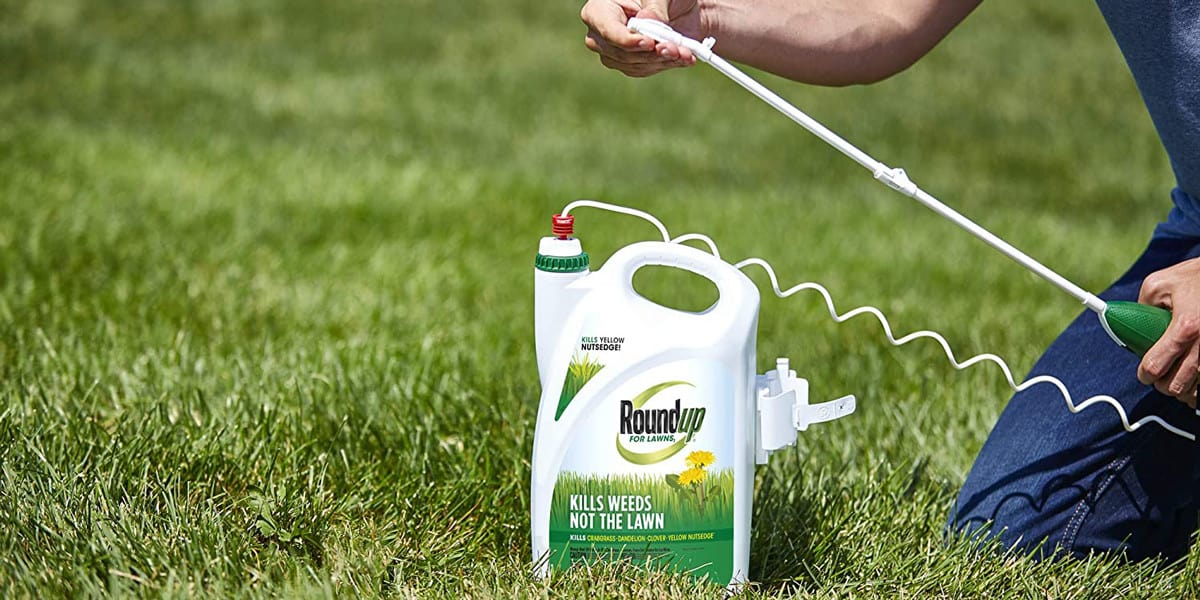


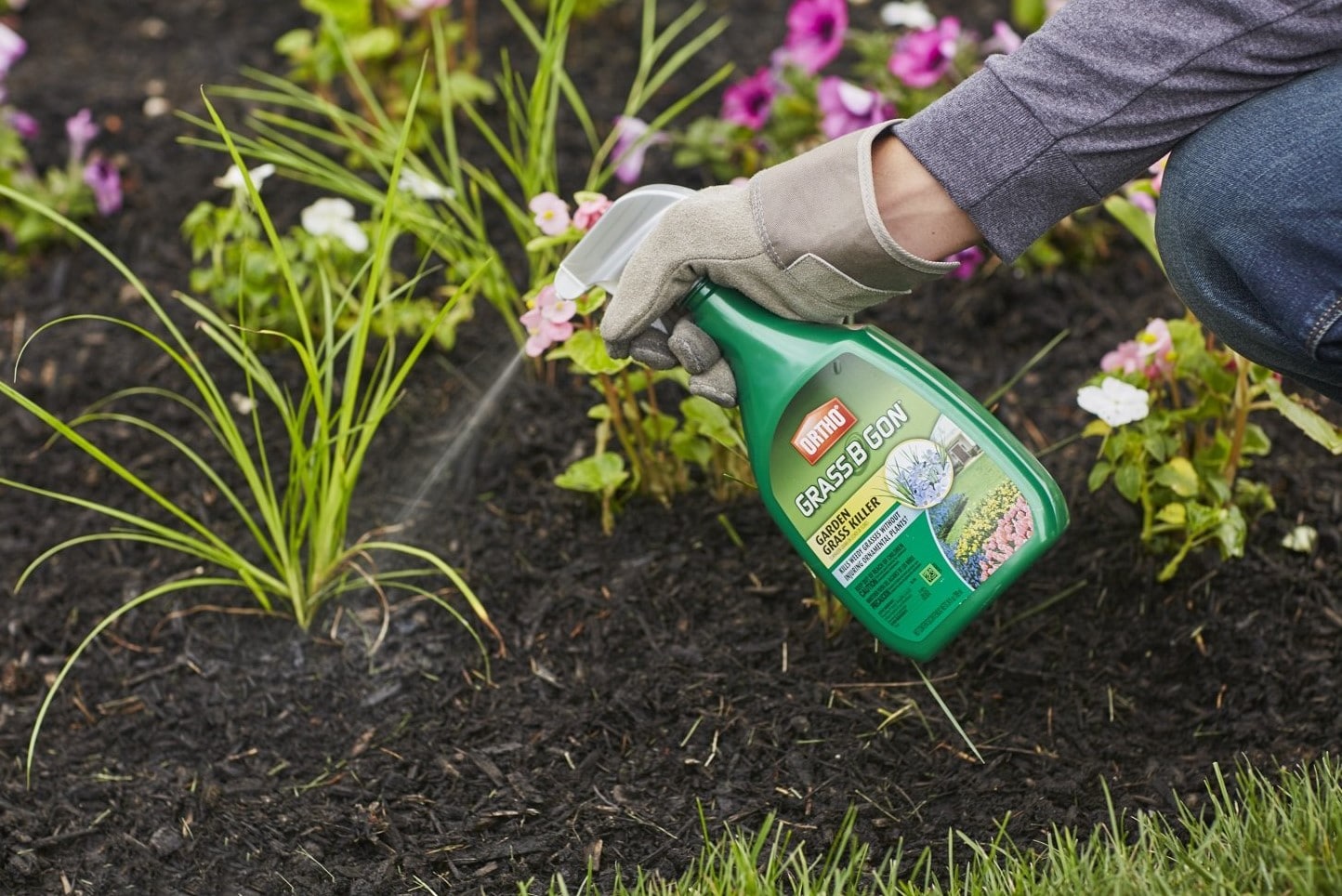
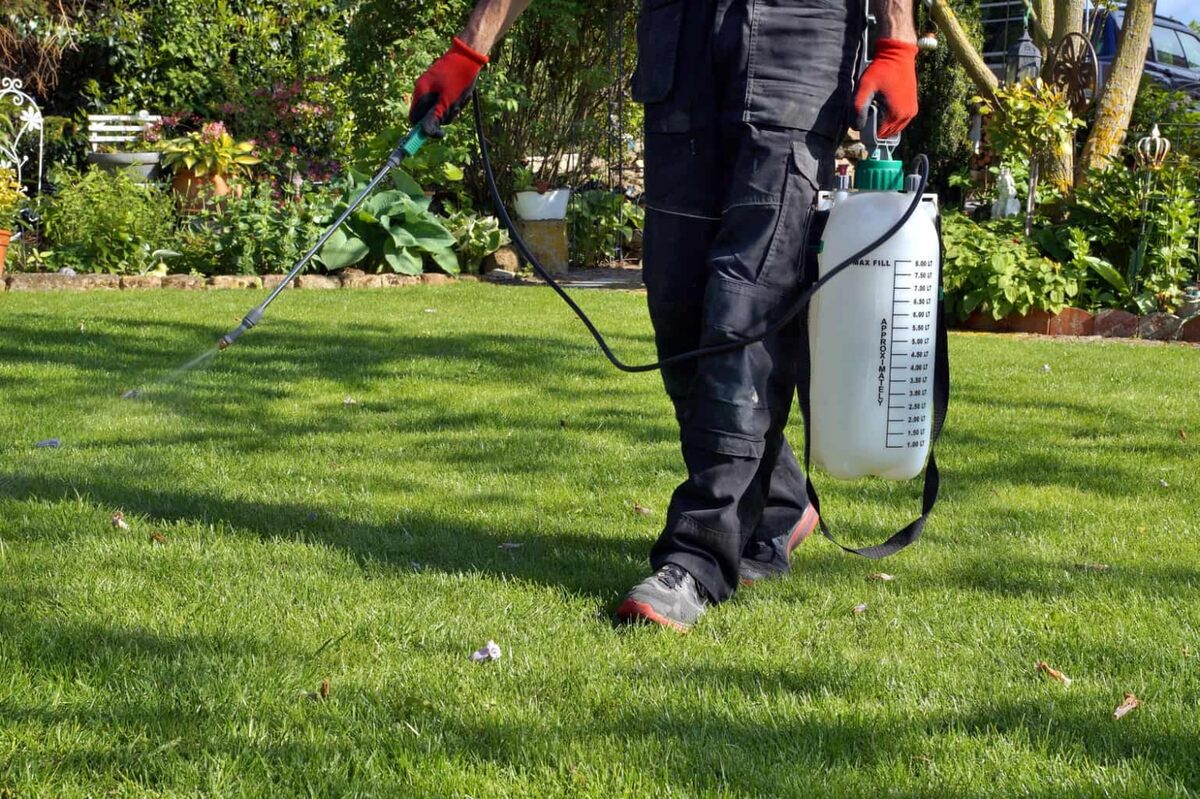
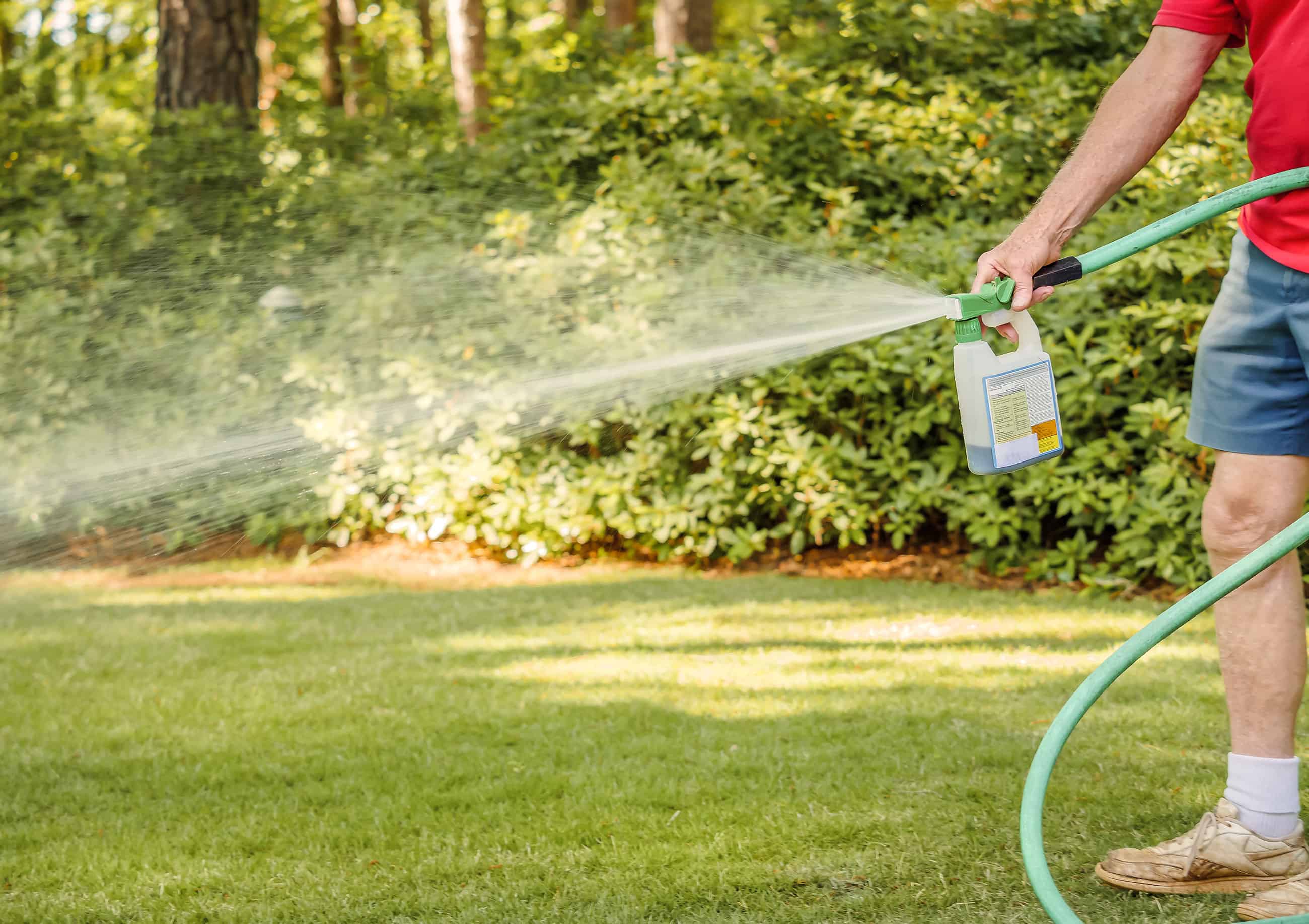
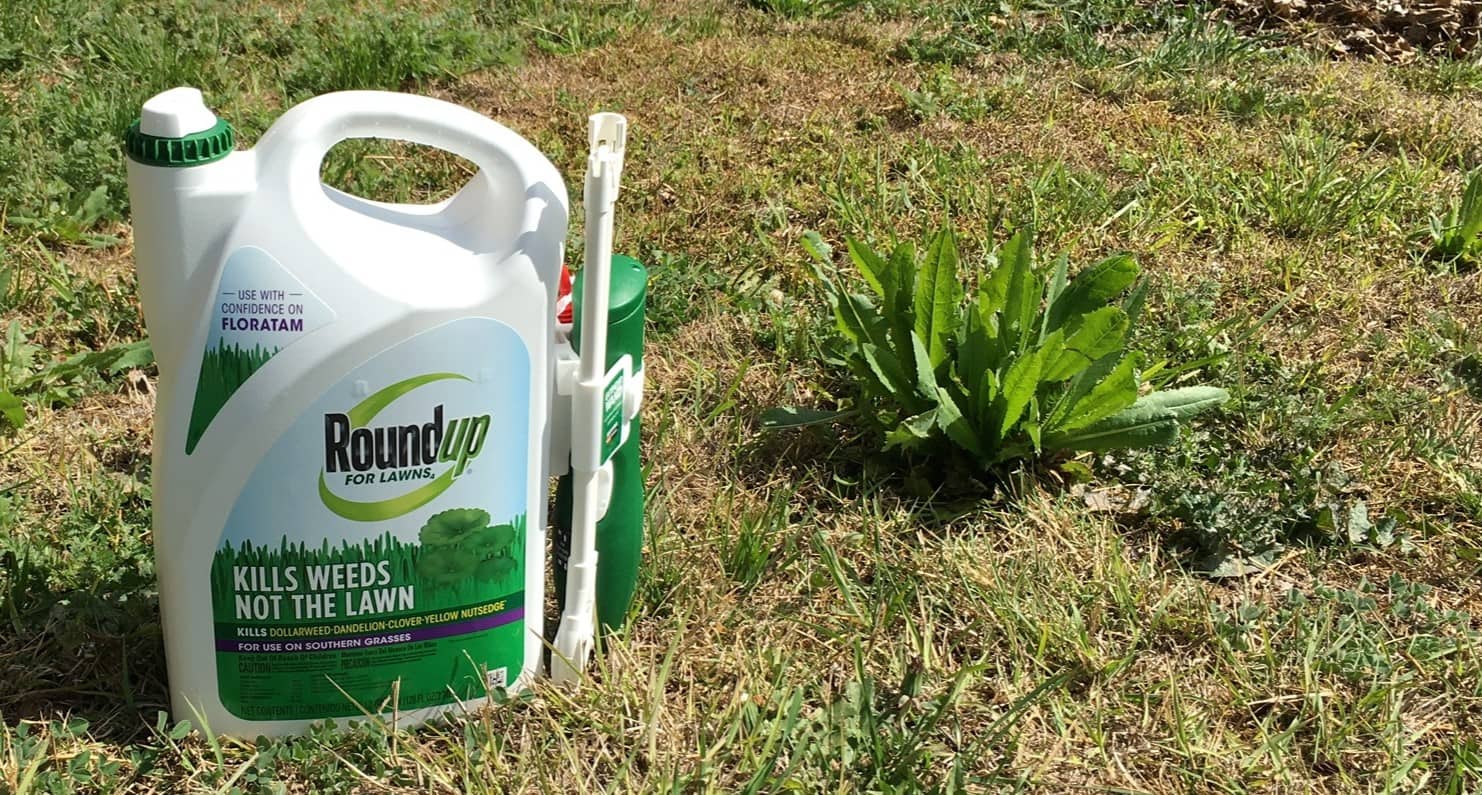
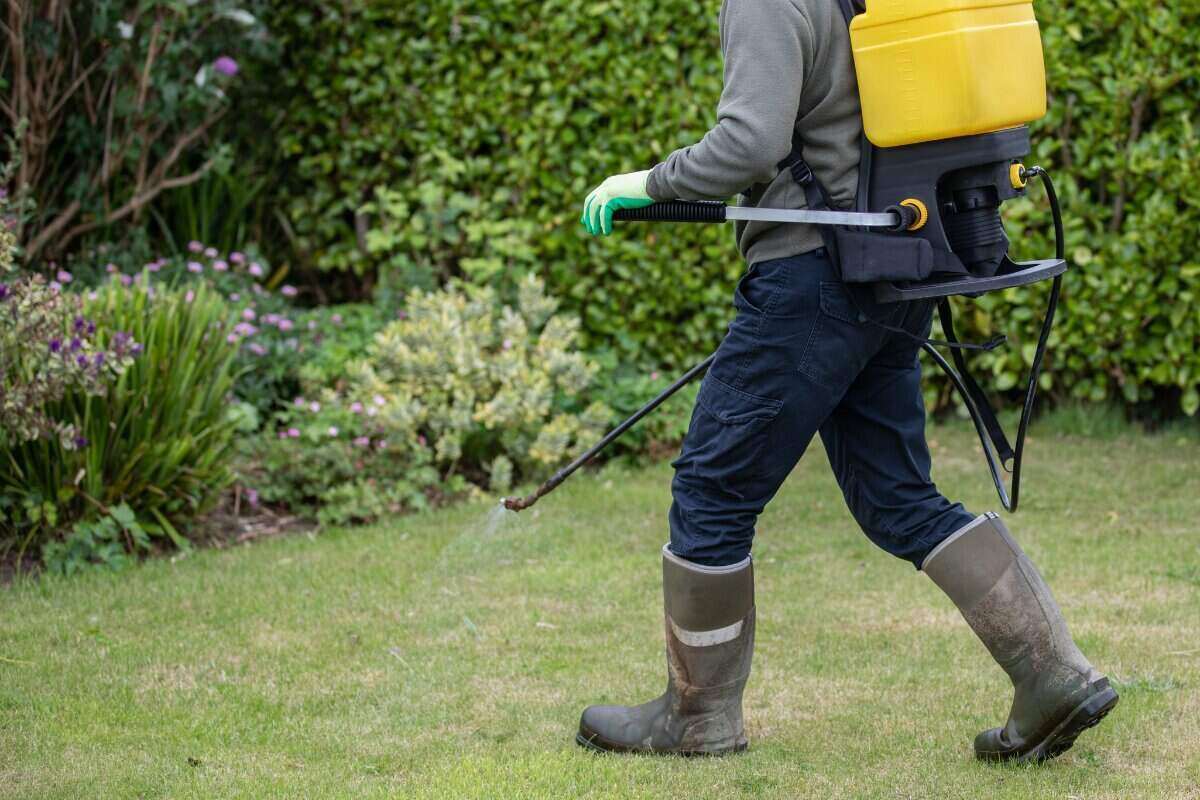
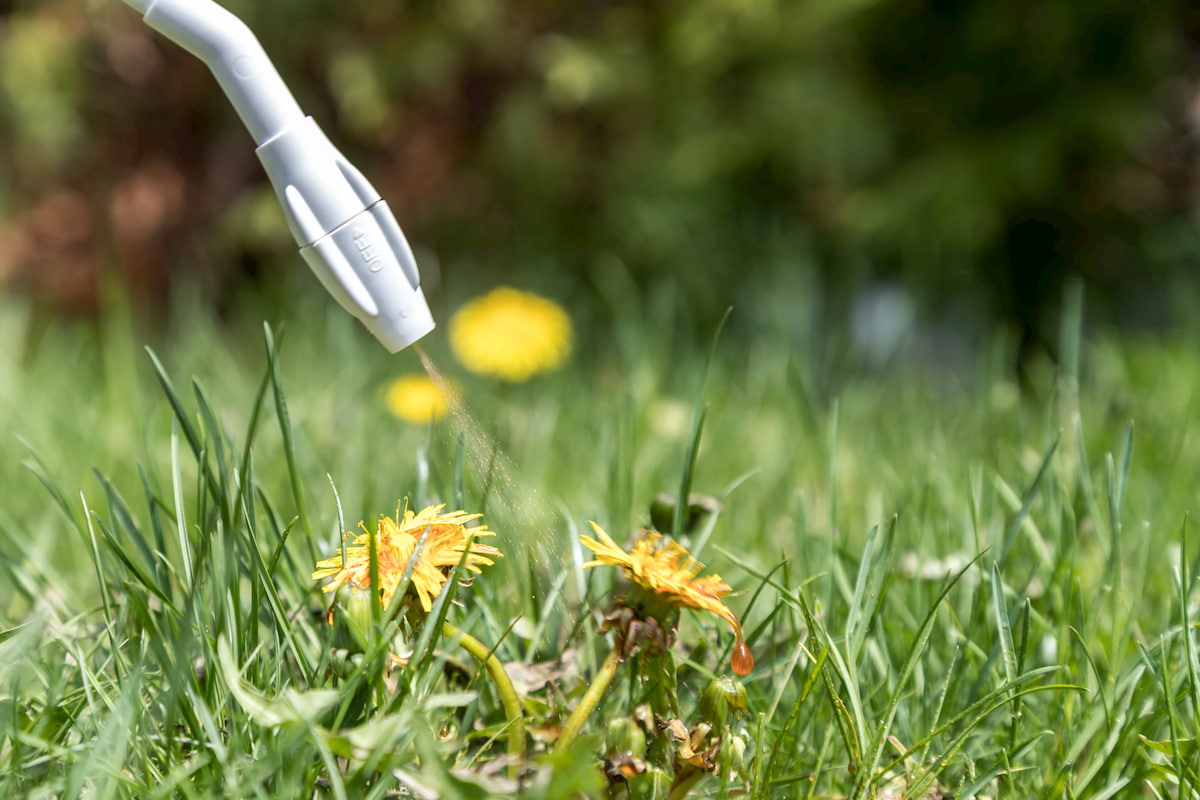
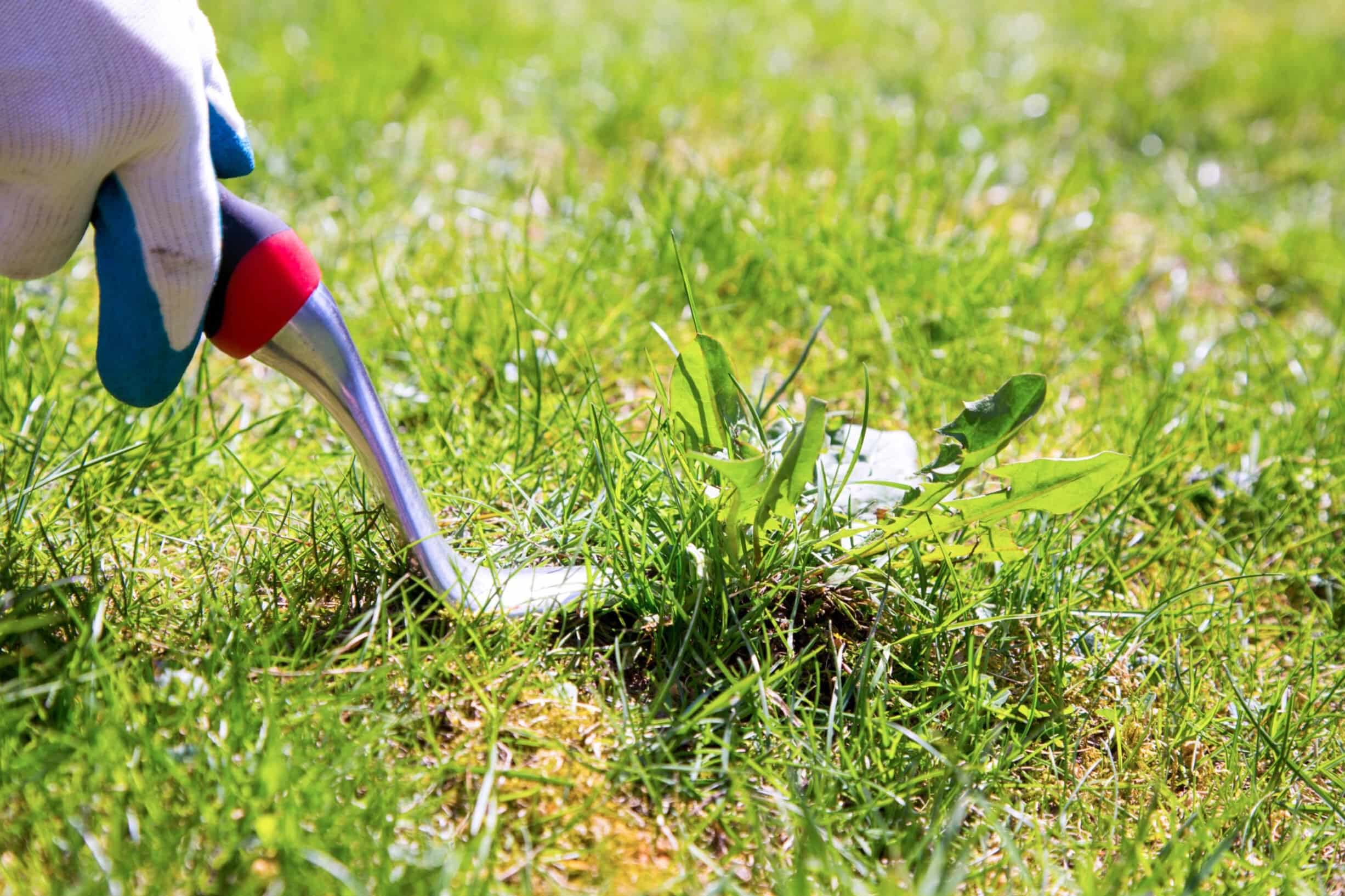
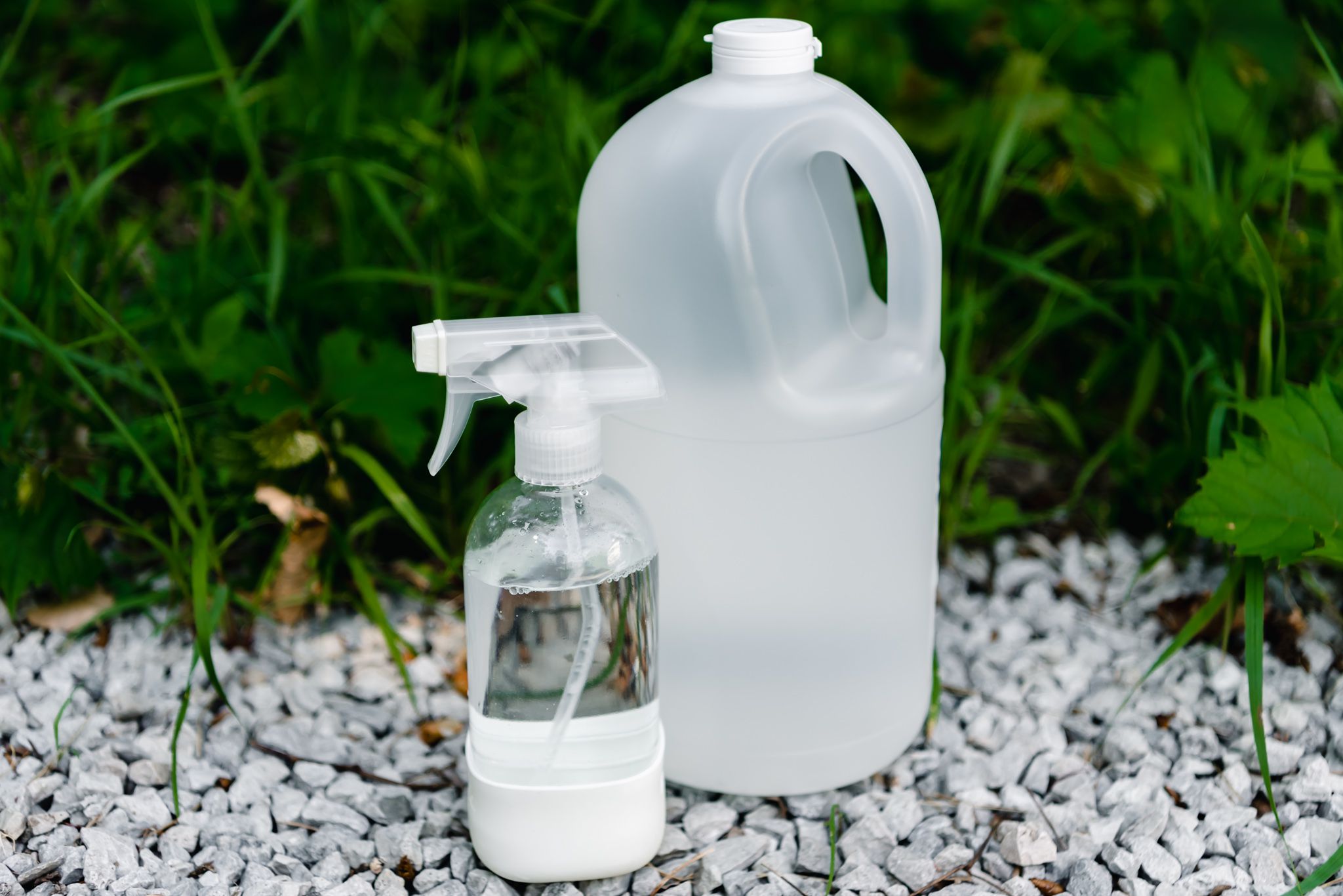
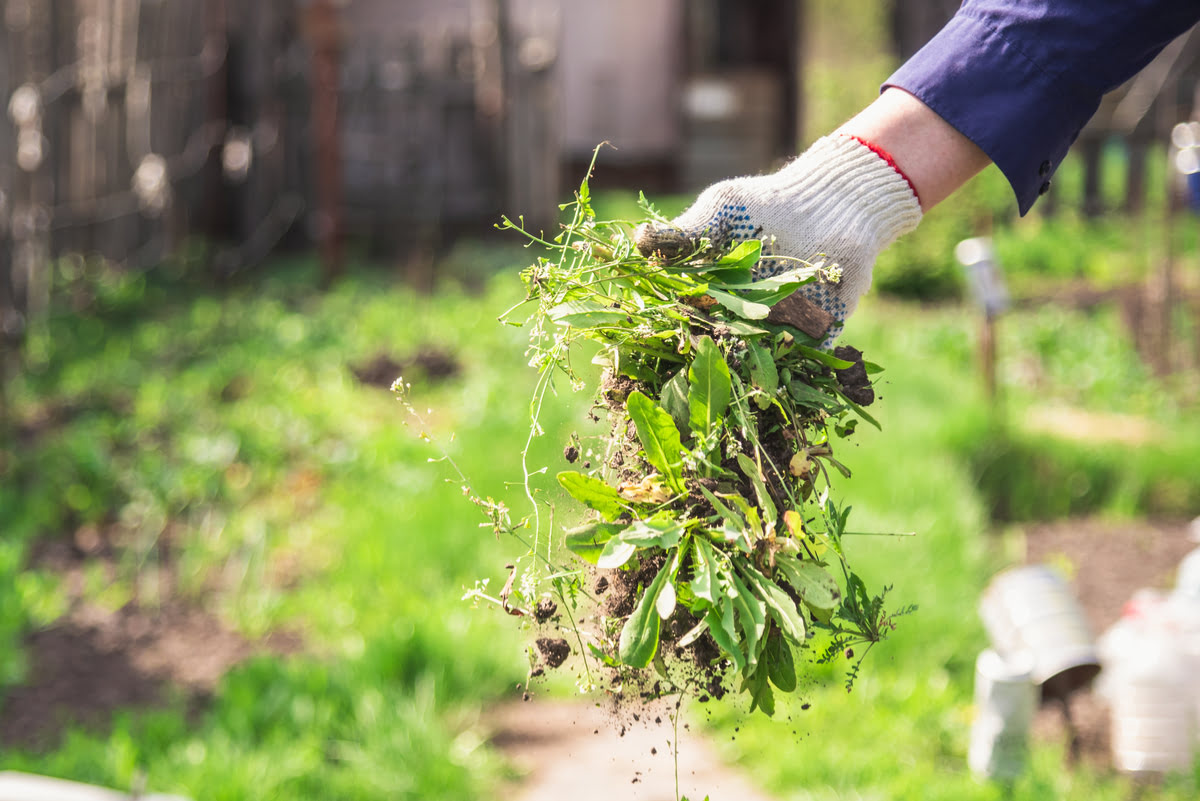
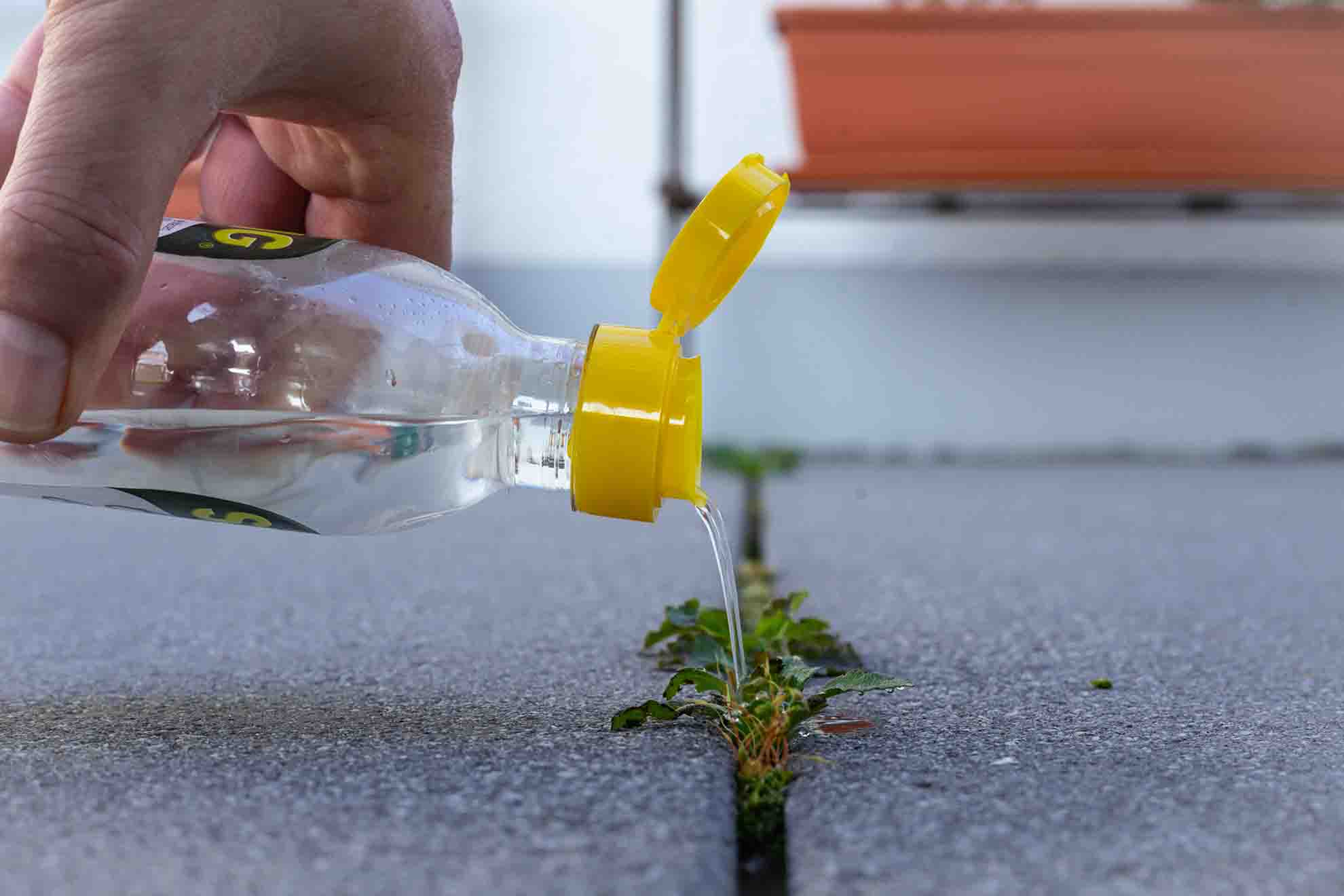
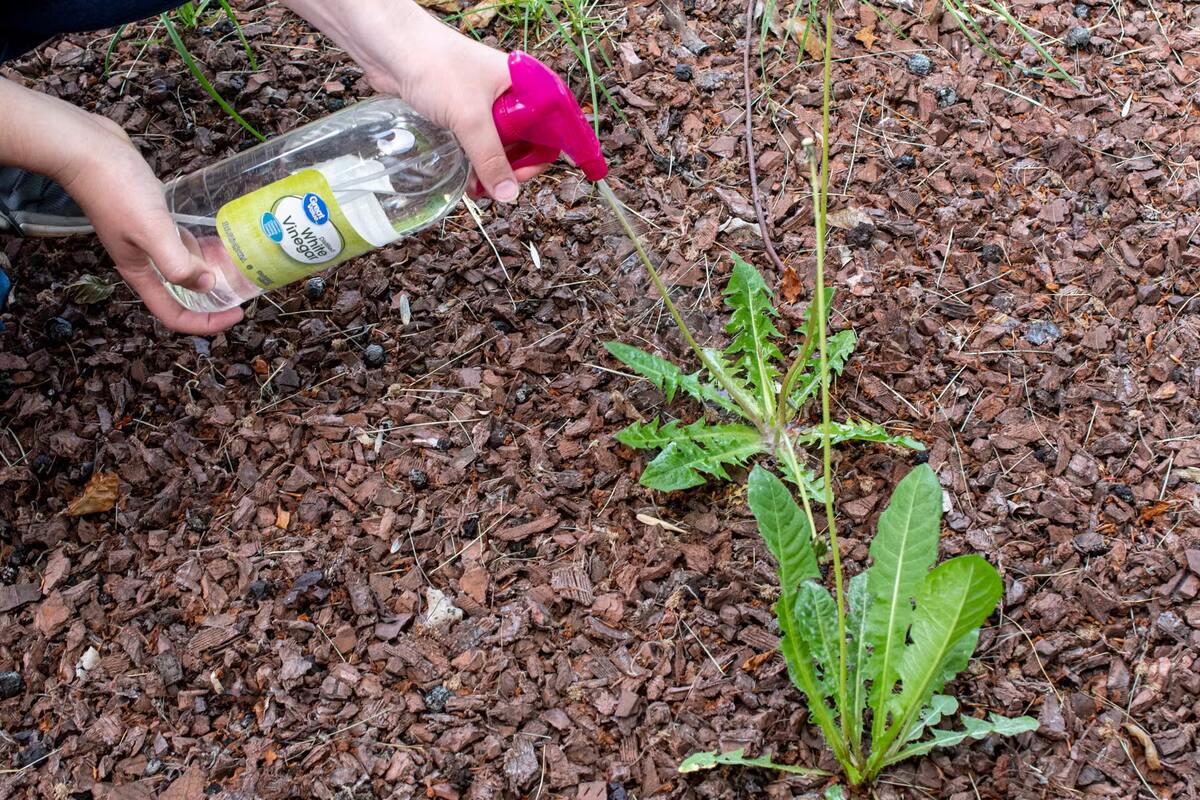
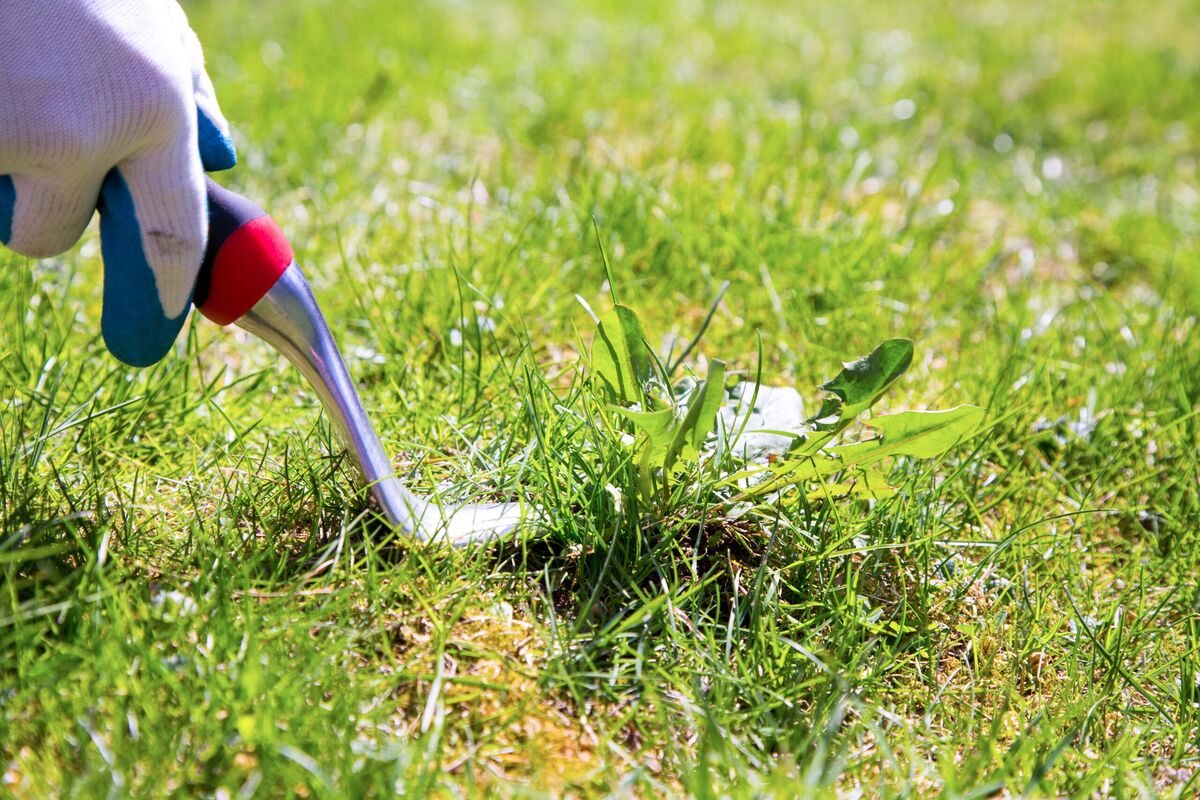

0 thoughts on “What To Use To Kill Grass And Weeds”